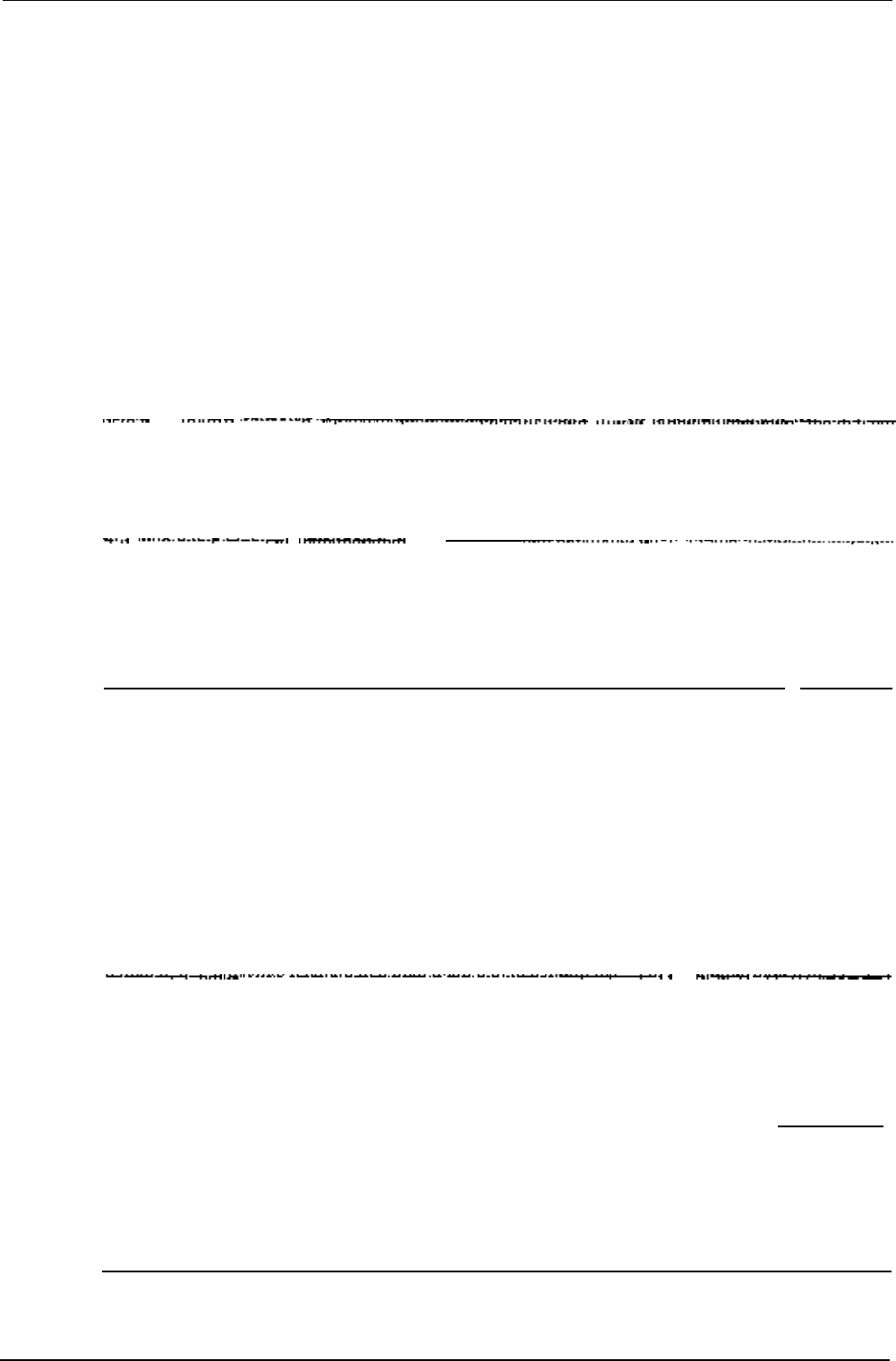
Field Test Unit Software
Unload Format,
Pointers & buffer,
Buffer or Done
?
F = FORMAT (set of
Block,Location,Count)
P = Unload a buffer & all buffer pointers
(B1,L0,C128)
B = Unload a buffer (no pointers) (you
enter the B,L,C yourself)
D = DONE (proceed to
(un)load)
Enter the format of the data you wish to operate on
F means that the data you wish to use is to be a contiguous block of logger
memory.
B means the data is contained in one of the loggers 7 buffers.
P
is the same as B except the data is to be used for future use and the buff-
er pointers are also to be saved.
---
. .
. .
Buffer number (0-7)
number of buffer to unload
Enter the buffer number (0
to
7)
of the data you wish to operate on. Buffer
0 is normally used
---
.
B,L,C?
Block,Location,Count
of the data to
unload from the data logger
Enter the block and location (start) of the data and the number of bytes
(count) of data you wish to operate on
Unload Time
Enter Date
&
Time
HHMM DDMMYY
?
Time that logger stored first log HHMM
DDMMYY entry (HHMMSS
DDMMYY) SS
-
optional 1300
121086
HH = hours MM = minutes (SS = seconds
optional) DD = day MM = month
YY=year
An initial time is required in order to time reference all logged data. The
time entered is used along with the log interval to be calculated when each
log was made
.
. . . . . . . .
.
.
Enter Input file
Filename,extension (,D is default
name, type
extension)
Enter the name of the stored data you wish to use. This name must be the
same as the one used when the data was first stored
plot Format, Pointers
& buffer or Done?
F = Formatted input. (set of B,L,C)
P = Buffer & Pointer format
D = Done (ready to Plot)
Section 3. (UN)LOAD, PLOT& COPY
13


















